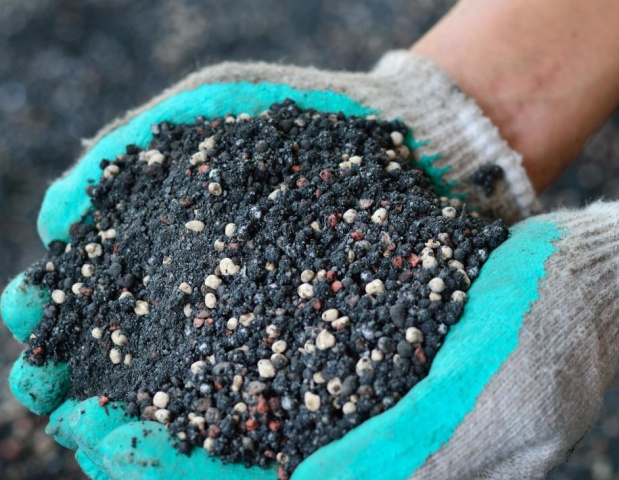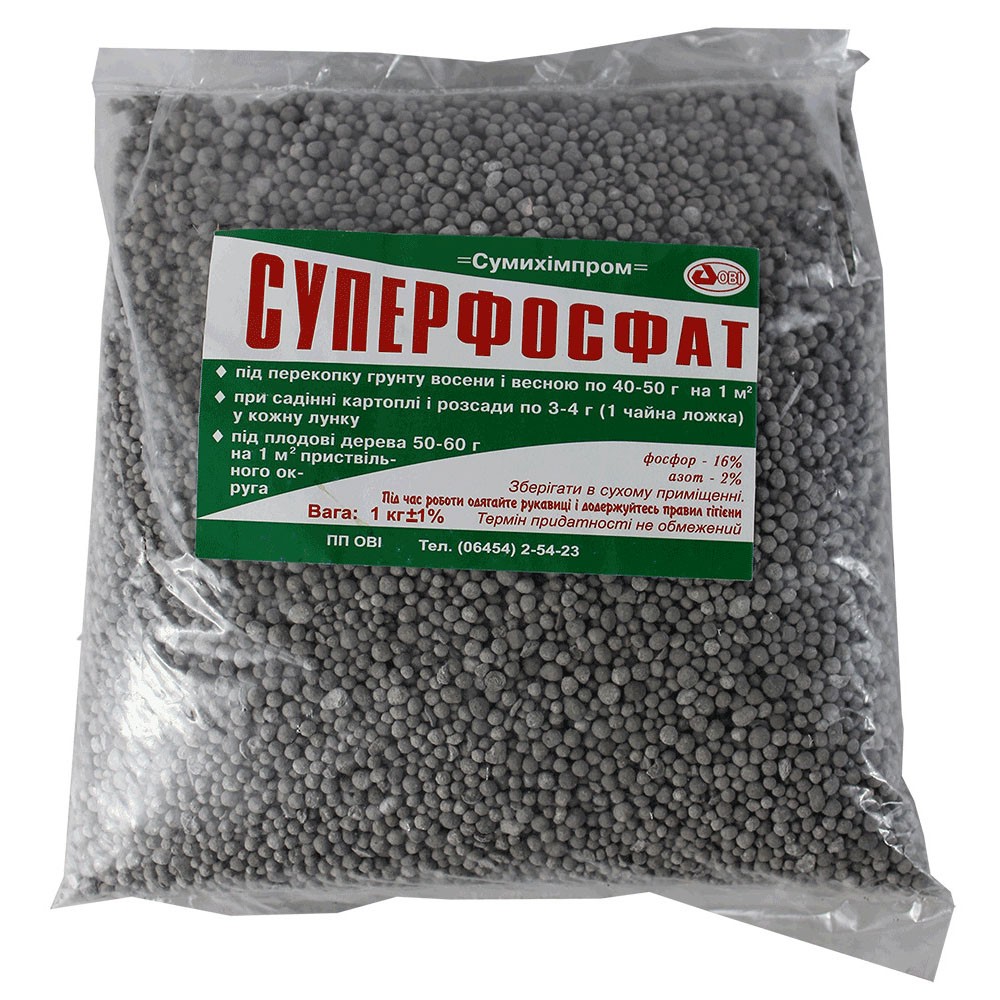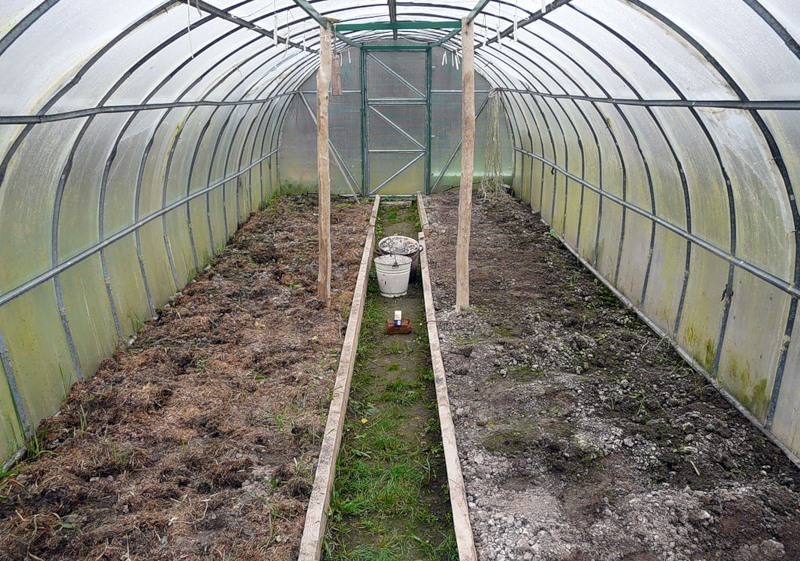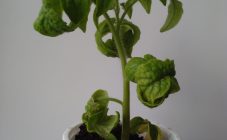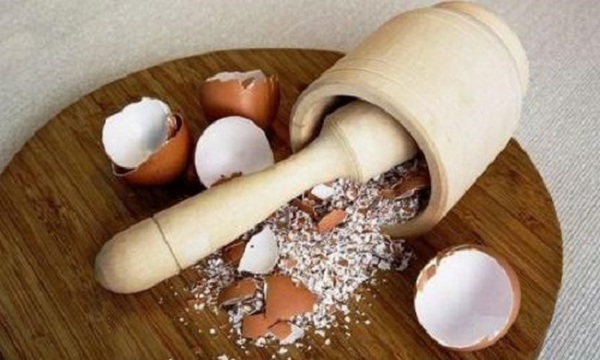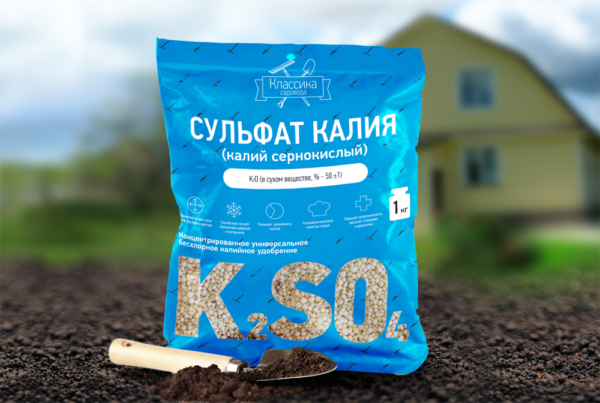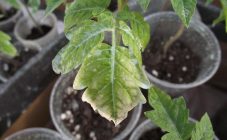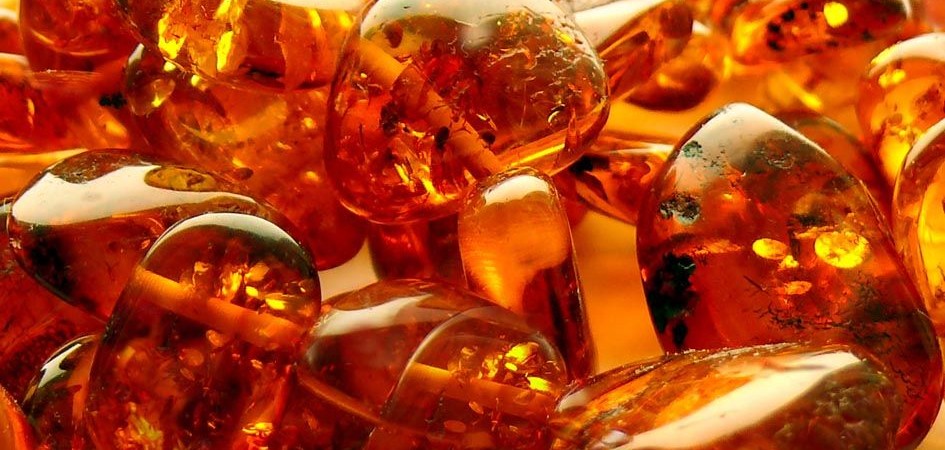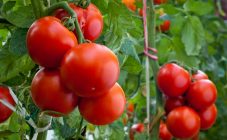Even experienced gardeners do not always have a good harvest of tomatoes. And one of the conditions for good harvesting is correct and timely fertilization. Top dressing is required different, depending on what kind of soil is on the site, what climatic and other conditions. One of the most essential for growth is phosphorus fertilizer for tomato seedlings.
This article will tell you how to properly feed tomato seedlings with phosphorus, which type of fertilizer to choose and whether you can do without chemicals.
Phosphate fertilizers: types, features, method of application
Phosphorus for tomatoes is extremely important at all stages of plant development. This fertilizer is necessary for growth, it accelerates metabolic processes in the seedling and promotes the production of vital energy. Well-fertilized tomatoes develop better, grow faster, forming a strong root system and a juicy, firm green mass. They have fleshy fruits as well as quality seeds.
Although the plant needs mineral fertilization throughout the entire growing season, phosphorus is especially necessary for tomato seedlings, because the use of phosphorus provides many more advantages to the developing plant. Namely:
- increases resistance to various kinds of diseases;
- improves plant survival in a new place;
- further increases the organoleptic characteristics of the fruits and improves their safety.
Fertilizers are distinguished depending on the percentage of the mixture components. This is what the main phosphorus mineral fertilizers for tomatoes are - types and names:
- superphosphate is a common fertilizer and a proven agent that is applied immediately before planting seedlings in the hole. Quite economical: 15 grams of the substance is enough for one bush. It is sold as a pellet, but is often used as a liquid top dressing. It is diluted at the rate of 50 g of fertilizer per 5 liters of water, watered with half a liter per one tomato bush;
- ammofoska, or ammophos, is a very concentrated preparation, in which more than half of the substance is phosphorus. We can say that this is a kind of the previous drug, since ammophos is also a monofertilizer, because it contains only 12% of nitrogen, in addition to phosphorus, It is also added at the time of planting seedlings, no more application is required. If fertilization was not applied, then you can fertilize the tomatoes at the time of watering. It is best to do this during flowering;
- nitrophoska is a combination of phosphorus and nitrogen fertilizers; there is also a potassium component. Since there is less phosphorus, no more than a quarter of the total composition, it is better to feed it twice a season. The drug is diluted in a bucket of water (10 liters) 10 small spoons of the substance, and the seedlings are watered with fertilizer after a week from the moment of planting;
- potassium monophosphate - used both under the root and in the form of foliar feeding.It is also introduced twice, since it contains only 23% of the phosphorus substance;
- bone meal is an excellent natural soil improver, a good natural phosphorus-containing product. It contains a little less than 20% of pure phosphorus, and the drug can be applied simply with a spoon when planting seedlings in a hole. A couple of spoons per bush is enough.
How to fertilize
How to properly fertilize seedlings with phosphorus? If everything is relatively clear with how to feed the seedlings immediately before transplanting, then how to improve the overall quality of the soil? It should be noted here that if a greenhouse is used for growing tomatoes, then the soil in it, as a rule, is depleted. In this case, for example, superphosphate should be added twice as much as with conventional root dressing.
There are several more rules for making fertilizing from phosphorus:
- granular fertilizers should not be given in bulk over the garden bed, since the granules poorly or do not dissolve at all in the upper soil layer. It is better to bring them closer to the roots when the seedling is planted;
- fertilizer dissolved in water works well when watering - watering before sowing also improves the emergence of tomatoes;
- digging a garden is good to accompany the introduction of granular fertilizers in the soil. It is ideal if it is produced before winter, since all the phosphorus will have time to be fully absorbed by spring.
Lime can be simply scattered over the beds in random order, adding ash (200 g per square meter) or add half a kilo of the preparation per square meter. There are drugs that themselves to some extent reduce soil acidity. This is, for example, superphosphate.
Folk remedies
Should you always fertilize soil with ready-made chemicals? Will the tomato itself be affected? Perhaps there is enough phosphorus in the soil and it does not always need additional application?
Phosphorus in the soil and in nature in general in its pure form is quite small. This is because it has a high chemical activity. Therefore, if it is, then very little - in the soil itself and in the rocks. But in the muscle tissue and the skeleton of animals and plants, as well as humans, phosphorus is present. It is also found in plants.
Popular experience suggests that improving the soil and saturating it with phosphorus is possible not only with mineral fertilizers. People, engaged in the cultivation of the land, were previously interested in what phosphorus for tomatoes contains in natural conditions. It turned out that, in addition to bone meal, phosphorus is also contained in organic matter - it is compost, which is formed as a result of overheating of plants. Such plants rich in phosphorus include, for example, wormwood and feather grass.
As for the fertilizer loved by summer residents - manure, it also contains phosphorus, but not in very large quantities. So, in the plant litter of animals there is an average of 0.25% phosphorus. And, of course, this share in rotted manure increases significantly. But composting manure with phosphate rock significantly increases the effectiveness of both components.
Knowing how phosphorus is used for tomato seedlings and what it contains, you can significantly increase yields. It is clear that folk remedies alone will not solve the problem of lack of this element in the soil. Ready-made fertilizer mixtures come to the aid of gardeners. They strengthen tomatoes, make them more fruitful and improve the taste of the finished product.

